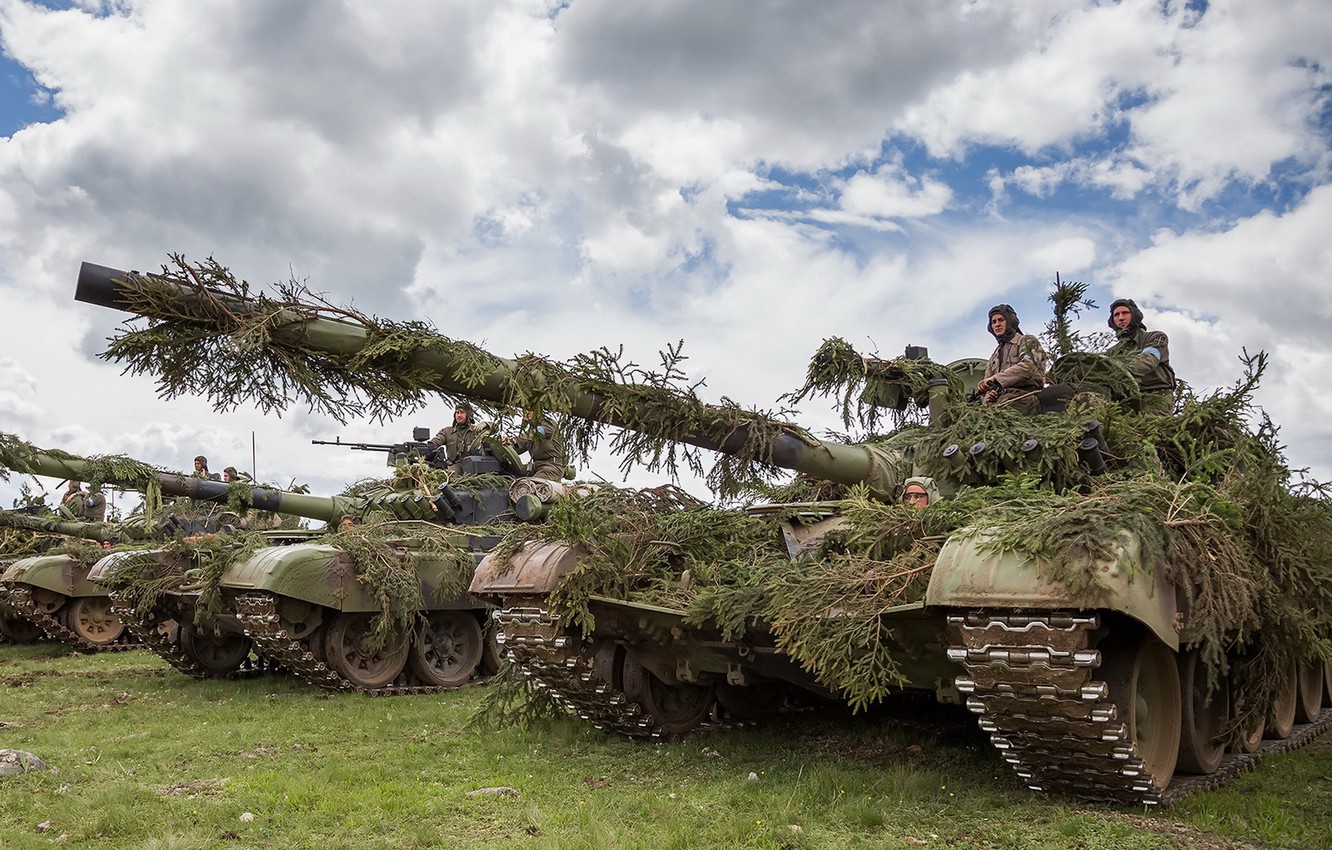

The Serbian Army employed a rather simple camouflage scheme consisting of three colors, green, brown, and black. In addition, some vehicles have five-digit numbers painted on them. Newer vehicles received a simple green base with a combination of brown and black patches. The pool of vehicles that originated from the JNA was painted in standard gray olive color. Inside of this shield, a number between 1 to 4 is placed to mark each Army Brigade. An additional smaller silver-colored shield with two swords is placed inside. It consists of a large red shield and a white cross. The emblem of an Army Brigade, in this case, the 1st Tank Brigade. In addition, with the acquisition of recent Russian equipment, a T-72M Tank Battalion and an Armored Reconnaissance Battalion, both of which are stationed in Niš, were formed. The Serbian Army has other units, like the 246th CBRN (Chemical, Biological, Radiological, and Nuclear Defence Battalion), two Armed Police Battalions, and a Mixed Artillery Brigade. Each of these four Brigades consisted of one Tank Battalion, two Mechanized Battalions, one self-propelled howitzer battalion (the 1st had a self-propelled artillery battalion instead), one self-propelled multiple rocket launcher battalion (the 2nd and 4th are equipped with towed rocket launchers), one air defense artillery missile battalion, two Infantry battalions, one Engineers, and one Logistic Battalion. The 1st Army Brigade was stationed in Novi Sad, 2nd in Kraljevo, 3rd in Niš, and the 4th in Vranje. One of the first orders of the Serbian General Staff after the Army was formed was to reduce the existing number of vehicles and personnel by forming four Army Brigades.

The last group was composed of vehicles that were purchased or obtained as donations. In the second group were the domestically developed projects (like the NORA or SORA self-propelled vehicles) that were either in the experimental phase or were in service in smaller numbers. While a number of them were put to storage, some of them are currently in use and are modernized to some extent. These were mostly imported from Eastern Bloc countries but also include some domestically developed vehicles. The first group contained leftover vehicles from JNA inventory. The Serbian Army’s pool of armored equipment could be divided essentially into three groups.


 0 kommentar(er)
0 kommentar(er)
